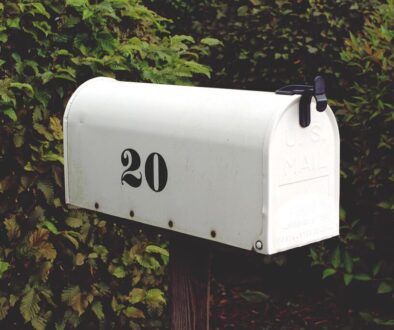Understanding Restricted Licenses in Florida: Requirements and Limitations

In Florida, a restricted license is a type of driver’s license that comes with certain limitations and restrictions. It’s essential to understand what a restricted license entails, who is eligible, and the requirements for obtaining one.
What is a Restricted License?
A restricted license in Florida is a conditional license issued to individuals who have not yet met the requirements for a full driver’s license or have had their driving privileges restricted due to specific circumstances. This type of license is often issued to new drivers, especially teenagers, and those who have committed traffic infractions or have medical conditions that impact their driving abilities.
Types of Restricted Licenses in Florida
There are several types of restricted licenses in Florida, including:
1. *Learner’s License:* Issued to individuals who are learning to drive and are under the supervision of a licensed driver. Holders of a learner’s license are restricted from driving between midnight and 5 a.m. unless accompanied by a licensed driver who is at least 21 years old.
2. *Probationary License:* Issued to individuals who have completed the requirements for a learner’s license but have not yet qualified for a full driver’s license.
3. *Hardship License:* Issued to individuals who have had their driving privileges suspended or revoked but need to drive for essential purposes, such as work, school or medical appointments.
4. *Medical Restriction License:* Issued to individuals with medical conditions that may impact their driving abilities.
Eligibility Requirements
To be eligible for a restricted license in Florida, individuals must:
1. Be at least 15 years old for a learner’s license
2. Complete a Traffic Law and Substance Abuse Education (TLSAE) course
3. Pass a vision and hearing test
4. Pass a written test on traffic laws and signs
5. Provide proof of identity and Florida residency
Restrictions and Limitations
Restricted licenses in Florida come with specific restrictions and limitations, including:
1. Curfew restrictions: Driving is prohibited between midnight and 5 a.m. unless accompanied by a licensed driver.
2. Supervision requirements: Learner’s license holders must be supervised by a licensed driver.
3. Passenger restrictions: Limited number of passengers allowed.
4. Driving purpose restrictions: Driving is only permitted for essential purposes.
Obtaining a Restricted License
To obtain a restricted license in Florida:
1. Visit a Florida Department of Highway Safety and Motor Vehicles (DHSMV) office
2. Submit required documents, including proof of identity and residency
3. Complete the TLSAE course
4. Pass vision, hearing and written tests
5. Pay applicable fees
Conclusion
A restricted license in Florida is designed to ensure public safety while allowing individuals to maintain some driving privileges. Understanding the requirements, restrictions and limitations of a restricted license is crucial for individuals seeking to obtain or maintain their driving privileges.


